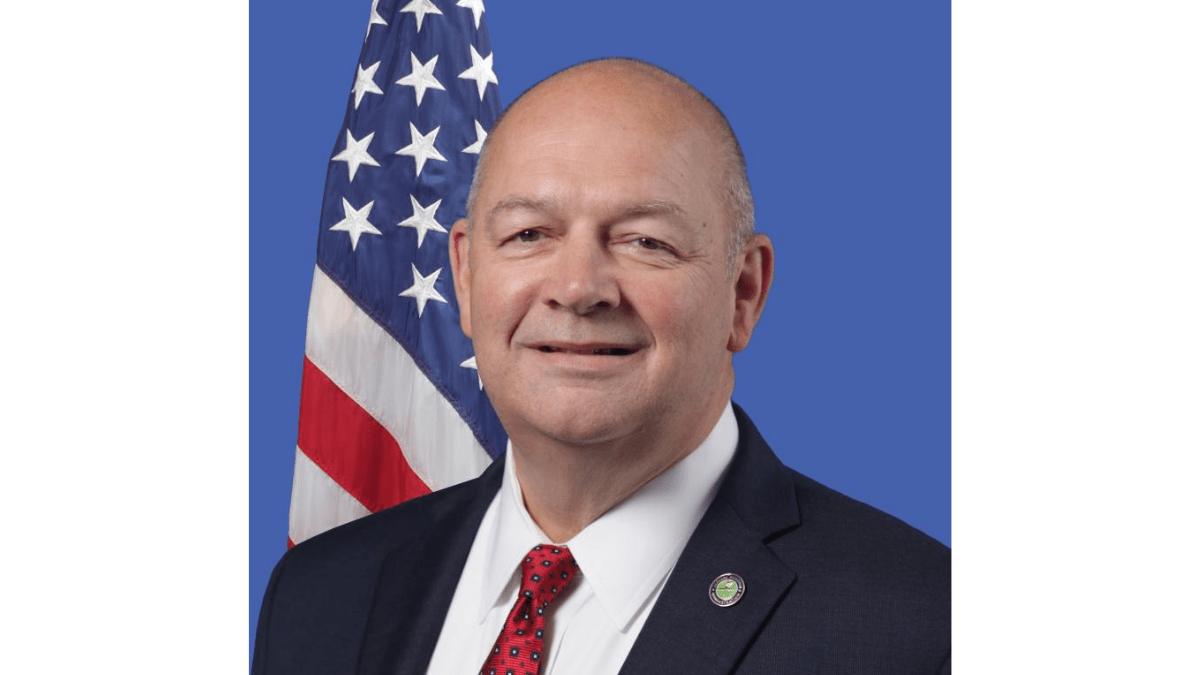
The chief of the Federal Aviation Administration, Steve Dickson, has resigned from his post halfway into his five-year term. Citing family issues, Dickson told his staff late Wednesday that he will leave the FAA at the end of March.
Dickson, who has spent most of the pandemic living in Washington DC to lead the 45,000-person agency, has family in Georgia and Florida. The 64-year-old explained his decision to the staff in a memo that read:
Over the past several years, my family has been a source of tremendous encouragement, strength, and support. Nevertheless, after sometimes long and unavoidable periods of separation from my loved ones during the pandemic, it is time to devote my full time and attention to them. As I wrote in my letter to President Biden, it is time to go home.
Although my heart is heavy, I am tremendously proud of everything we have accomplished together over the past several years. The agency is in a better place than it was two years ago, and we are positioned for great success. It has been the privilege of a lifetime to serve alongside you.
Dickson was sworn in as the 18th FAA administrator for a five-year term on August 12, 2019 – months after two Boeing 737 MAX crashes killed 346 people and plunged the agency into a storm of criticism over its approval of the planes. This is why, before he allowed the aircraft to return to operations in late 2020, Dickson personally flew the 737 MAX, ensuring Boeing had made the necessary training and software improvements.
Before coming to the FAA, Dickson spent nearly three decades at Delta Air Lines, retiring as the senior vice president of flight operations.
Also read: FAA updates safety guidelines for recreational drone flyers
Following the news of his resignation, the Association for Unmanned Vehicle Systems International (AUVSI) has expressed gratitude to Dickson for his “service, leadership, and dedication” to aviation safety. According to AUVSI president and CEO, Brian Wynne:
The drone and Advanced Air Mobility (AAM) industries represented by AUVSI benefitted from Administrator Dickson’s leadership in advancing steps toward the safe integration of drones in the national airspace and movement towards enabling AAM operations in the future with new, advanced technologies like Vertical Takeoff and Lift (VTOL). Administrator Dickson led the finalization and implementation of the Remote ID and Operations Over People rules and launched the Beyond Visual Line of Sight (BVLOS) Aviation Rulemaking Committee (ARC).
During his tenure, Dickson maintained that the FAA is not only a regulator but also an air navigation services provider. “So, of course, we’re heavily invested in making sure the drone ecosystem will fit hand-in-glove with our air traffic control system,” he said.
Here’s Dickson from a June 2021 speech, talking about the upcoming Remote ID rule for drones:
The remote ID rule is a digital license plate that will pave the way for more advanced operations and full integration of drones into the National Airspace System. That means routine BVLOS and a boost for package delivery, particularly in congested low-altitude airspace as part of a UTM ecosystem. The bottom line for operators is this: If you fly a drone that requires registration, meaning it weighs more than 0.55 pounds, then you are required to fully comply with the rule by September 16, 2023.
There are three ways to comply: Operate a drone manufactured with the technology; Incorporate an external broadcast module; or fly without Remote ID within the bounds of what we call an FAA-recognized identification area, or FRIA.
FRIAs in many cases will be the traditional model airplane fields where hobbyists have gathered and safely flown for decades. Technically speaking, if you are not flying in a FRIA, the drone will have to broadcast its unique identifier, altitude, location, and information about its control station or departure point.
Now, that does not mean that Phil Mickelson could have taken out his smartphone and found out who was operating the TV camera drone that he says was blocking his 4th hole shot to the green at the PGA Championship a few weeks ago. Even Phil doesn’t have that kind of pull. What it does mean, for example, is that by coordinating with the FAA, appropriate law enforcement entities can identify and stop incidents like drones operated illegally around wildfires where they’ve sometimes prevented traditional aviation firefighting activities.
That’s one purpose, but the bigger picture is that Remote ID is a necessary ingredient for Beyond Visual Line of Sight operations, which, as you know, are key to unleashing the true potential of drones and other highly autonomous vehicles.
While it’s not yet decided who will succeed Dickson, the FAA has said it will work with the White House to find a replacement.
Read more: FAA grants BVLOS drone waiver for a 12-mile distance, its longest ever
FTC: We use income earning auto affiliate links. More.





Comments